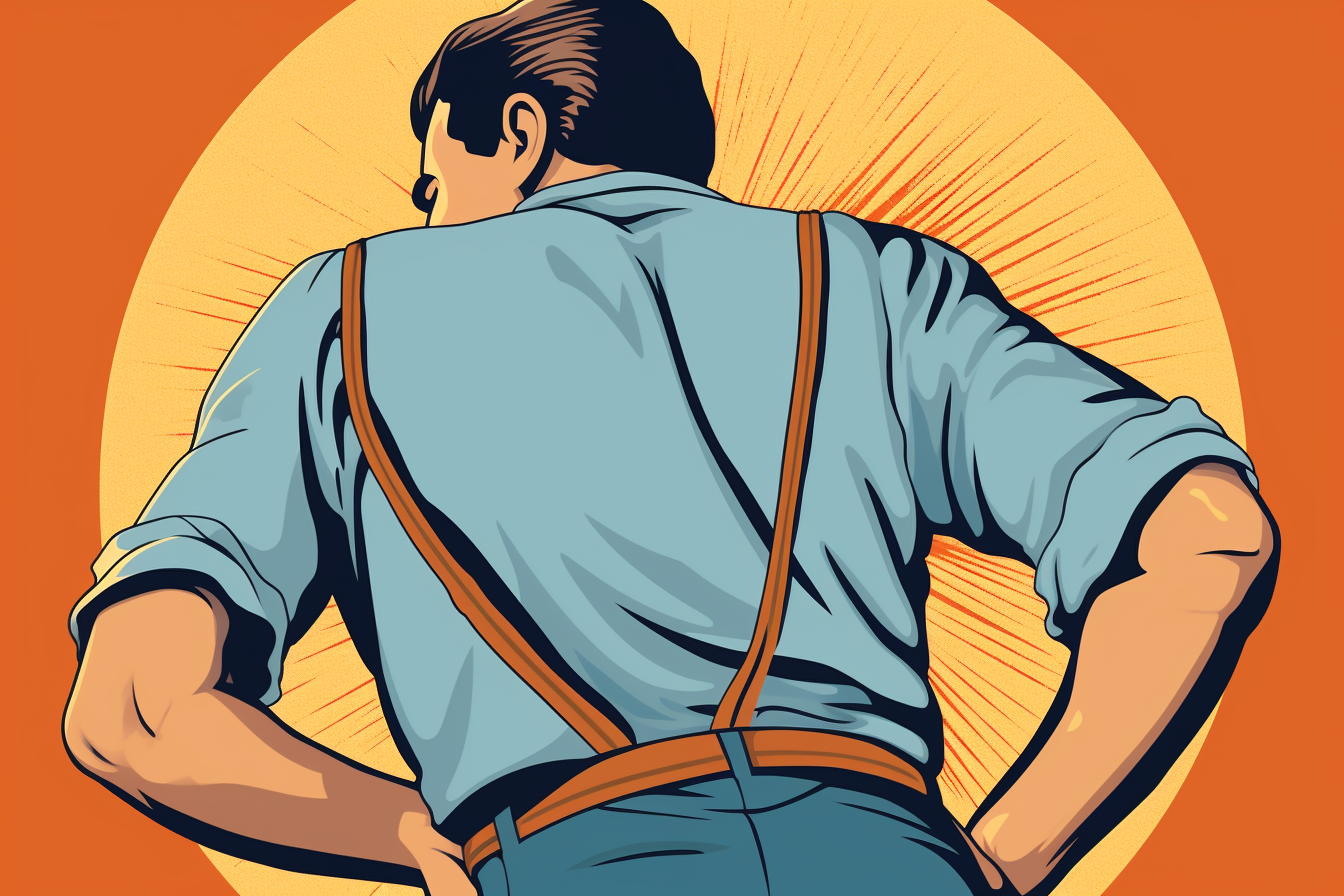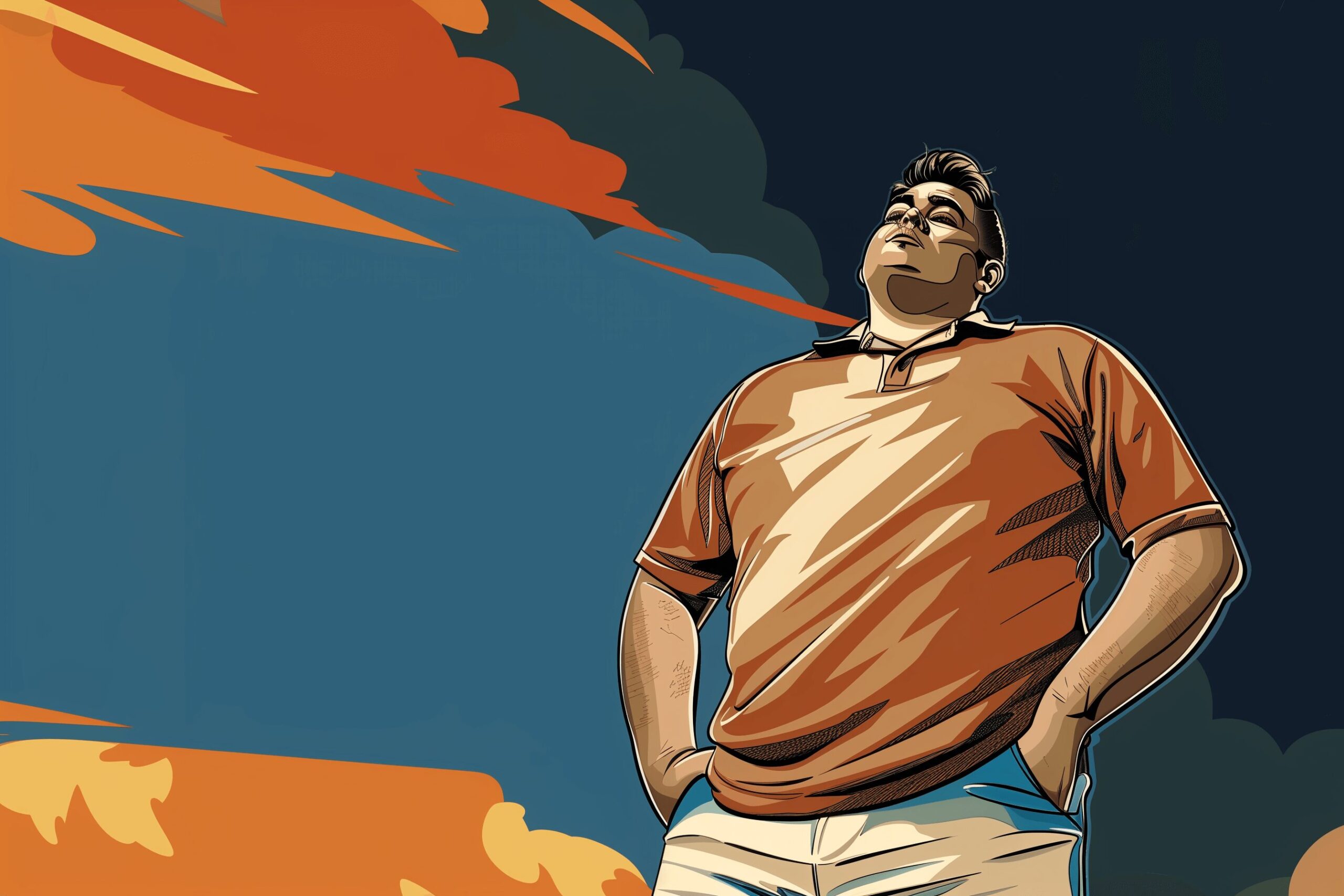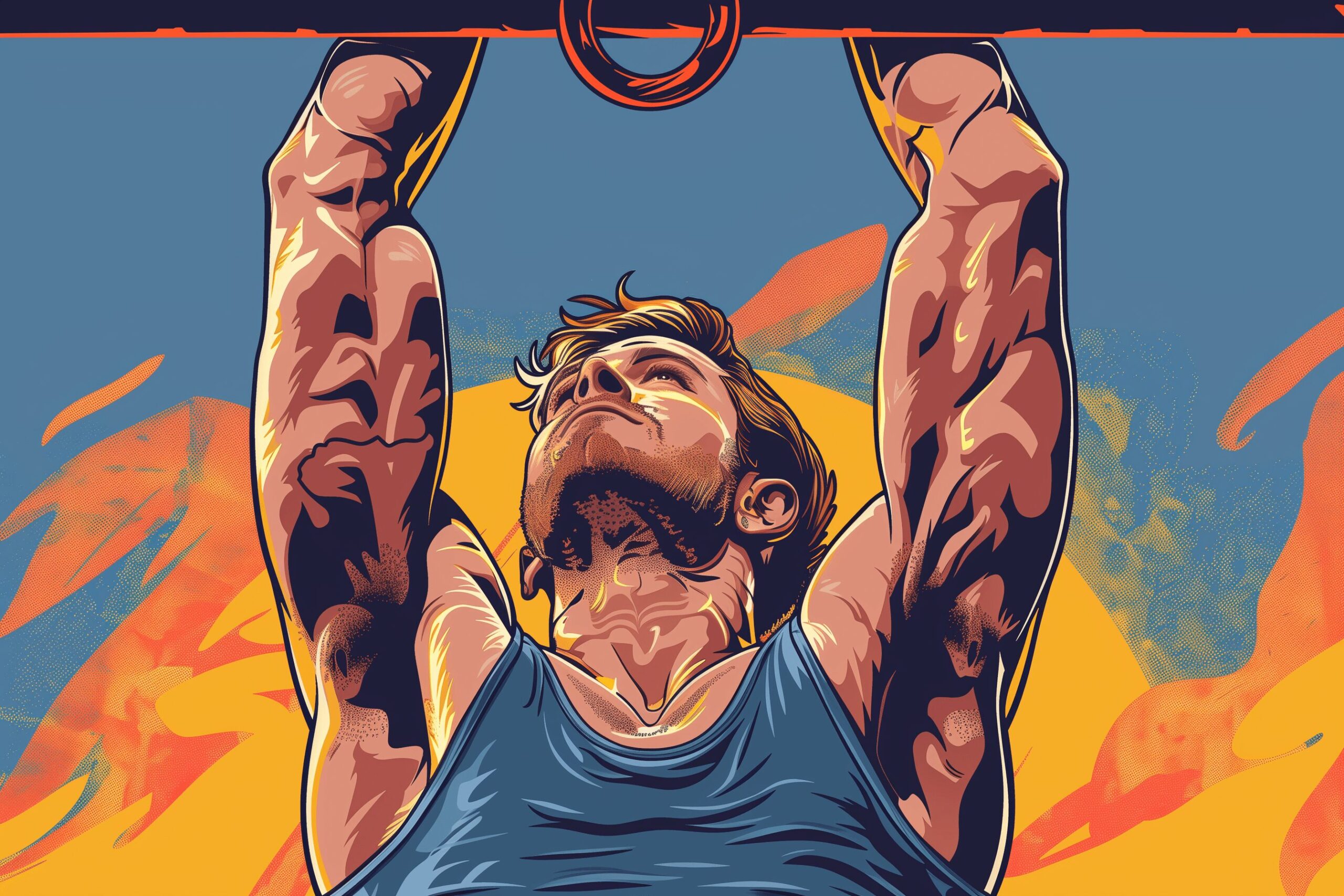What Causes Pain Between Shoulder Blades?
Jul 21, 2023

As an Amazon Associate, Modded gets commissions for purchases made through links in this post.
Shoulder pain can be incredibly painful and uncomfortable. Pain between your shoulder blades can be minor or major and stem from various causes. Upper back pain is relatively common and can occur from something as simple as sleeping in a strange position.
However, pain between your shoulder blades can also occur due to more serious concerns. When you feel stabbing, shooting, burning or aching pain between your shoulder blades, you might want to explore some common causes and ways to find relief.
1. Poor Posture
Your posture can significantly contribute to pain between your shoulder blades, especially if you sit at a desk all day. Leaning forward at your desk can contribute to poor posture and cause you some discomfort. Sitting this way for long periods can put stress on your spine and pressure on your muscles, ligaments and discs in your back. It can also cause your spine to undergo structural changes, leading to pain between or under your shoulder blades due to the imbalance. Improve your posture by sitting up straight as much as possible and doing stretches to realign your back.
2. Muscle Strain
Straining a muscle is a painful experience. A rhomboid muscle strain in your upper back can cause increasing pain between your shoulder blades. Your rhomboid muscles connect the inside edges of your shoulder blades to your spine. Overusing your muscles or minorly injuring them can cause your muscles to pull, tear or twist resulting in a muscle strain. It’s common to strain your muscles between your shoulder blades by lifting with poor form, lifting something heavy or falling and twisting your upper back or shoulders.

3. Heart Attack
In rare cases, pain between your shoulder blades can indicate something as serious as a heart attack. In this case, other symptoms will accompany the pain in your upper back. You’ll likely experience shortness of breath, chest pain or some other type of discomfort and shoulder pain. Women are more likely to experience pain between their shoulders or under their shoulder blades and their abdomen when experiencing a heart attack. Shoulder pain can also symbolize other issues with the heart like pericarditis and aortic dissection.
4. Acid Reflux
Acid reflux doesn’t discriminate — it can cause pain in more than just your chest. Pain in between your shoulder blades can cause discomfort in other parts of your body, including between your shoulders. You can get acid reflux from eating fried or spicy foods or consuming alcohol or caffeine. However, like straining a muscle, you’ll likely experience accompanying symptoms if you’re having acid reflux. Other symptoms you might feel are abdominal pain or nausea. You can find over-the-counter medications to alleviate acid reflux symptoms to test if it’s the cause of your pain.
5. Pinched Nerve
Pinching a nerve can occur from repetitive motions when you have an injury or from sudden movements. Any unusual pressure on your nerves will cause pain or discomfort in your body. Spinal stenosis can also put pressure on your nerves from your spinal cord narrowing. When you have a pinched nerve, you’ll likely experience symptoms like numbness or sharp pain that radiate outward. The pain can also be aching, burning or tingling like pins and needles. You’ll feel muscle weakness and a decreased sensation in the entire area of the nerve.
6. High Stress
Stress has myriad negative side effects, including causing actual physical pain in your body. High amounts of stress can do wonders for your body and not in a positive way. When you’re stressed, your shoulders naturally tense which can cause you to feel pain and discomfort when you relax. Long periods of stress can also cause inflammation in your body, resulting in frozen shoulder. If you’re experiencing high amounts of tension or stress, this can likely cause stiffness and pain between your shoulder blades.

7. Herniated Disc
A more serious problem like a herniated or bulged disc can also be the cause of your shoulder pain. When you have a herniated disc in your neck, you can experience tingling, numbness or pain that goes down both of your arms. Cervical disc herniation ranges from mild to severe and is a common cause of neck pain in adults. It can also cause pain or muscle spasms in your neck, shoulder and scapula. If you think you may have a herniated disc, you’ll want to see a doctor for a thorough evaluation. Don’t worry, most treatments are non-surgical and help most patients.
8. Pulmonary Embolism
A pulmonary embolism is likely the most dangerous cause of pain between your shoulder blades. While it’s common and treatable, a pulmonary embolism is a life-threatening condition that occurs when a clot in your leg breaks off and travels to your lungs. Pulmonary embolism pain is sudden, sharp and severe. Some preemptive blood clot symptoms include redness, pain and leg swelling. However, some only experience mild discomfort when they have a pulmonary embolism. Other warning signs that a doctor might check for are a heart rate over 100 beats per minute, coughing up blood, presence of cancer or deep vein thrombosis symptoms.
9. Gallbladder Issues
Nausea and pain in the upper right area of your stomach can come from gallbladder issues. Gallbladder disease can also appear as pain between your shoulder blades. Infection, inflammation or blockages in your gallbladder can cause pain in these areas. Gallbladder issues occur when one of your bile ducts is blocked, typically from digesting fatty foods. Pain can start under your ribcage and radiate to your upper back, between your shoulders and chest. You may experience gallstones, which can cause fever, nausea, vomiting and pain in your upper abdomen.
Identifying Pain Between Shoulder Blades
Pain between your shoulder blades can be a minor injury that you can alleviate with over-the-counter medications and alternating ice and heat packs. However, if you experience pain between your shoulder blades accompanied by any other symptoms like shortness of breath or pain in other areas of your body, you should seek medical treatment. It’s always better to be safe than sorry when experiencing pain, so don’t hesitate to contact your doctor.





